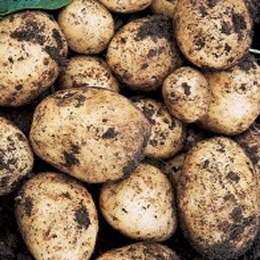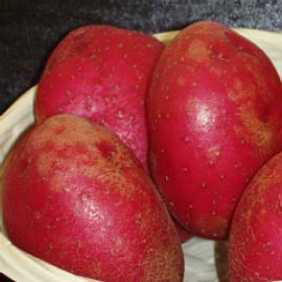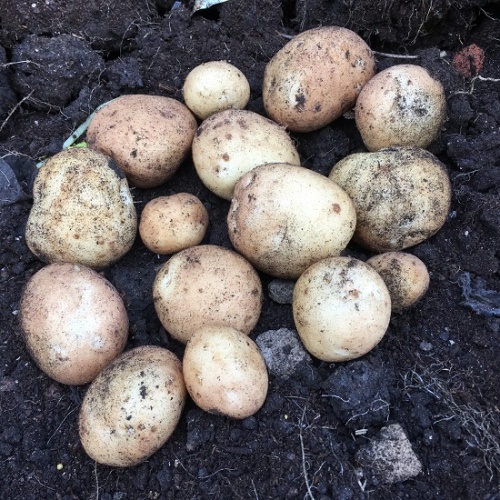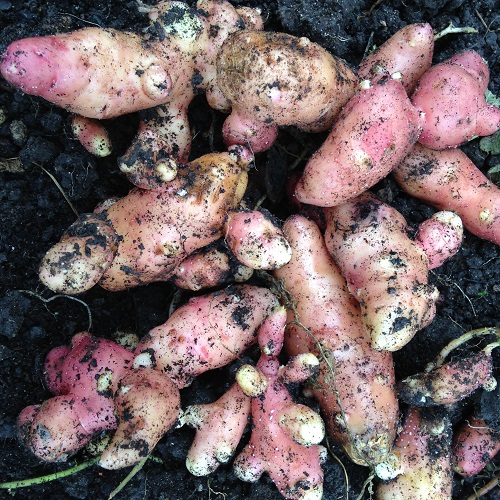Customers who bought this item also bought:
Customer Reviews
Write a Review and share your opinions!
27 December 2015
I've grown this variety for over 30 years. I was introduced to it by my father and in my opinion it's got the best flavour & quality of all the early varieties.
16 January 2013
I grew this variety last year and had a reasonable yield (especially given the sodden year) which had a really good flavour and, to my surprise, have also kept exceptionally well in sacks over winter. Still eating them now in January as their taste boiled is superior to the maincrop that we use for mashing and roasting!




